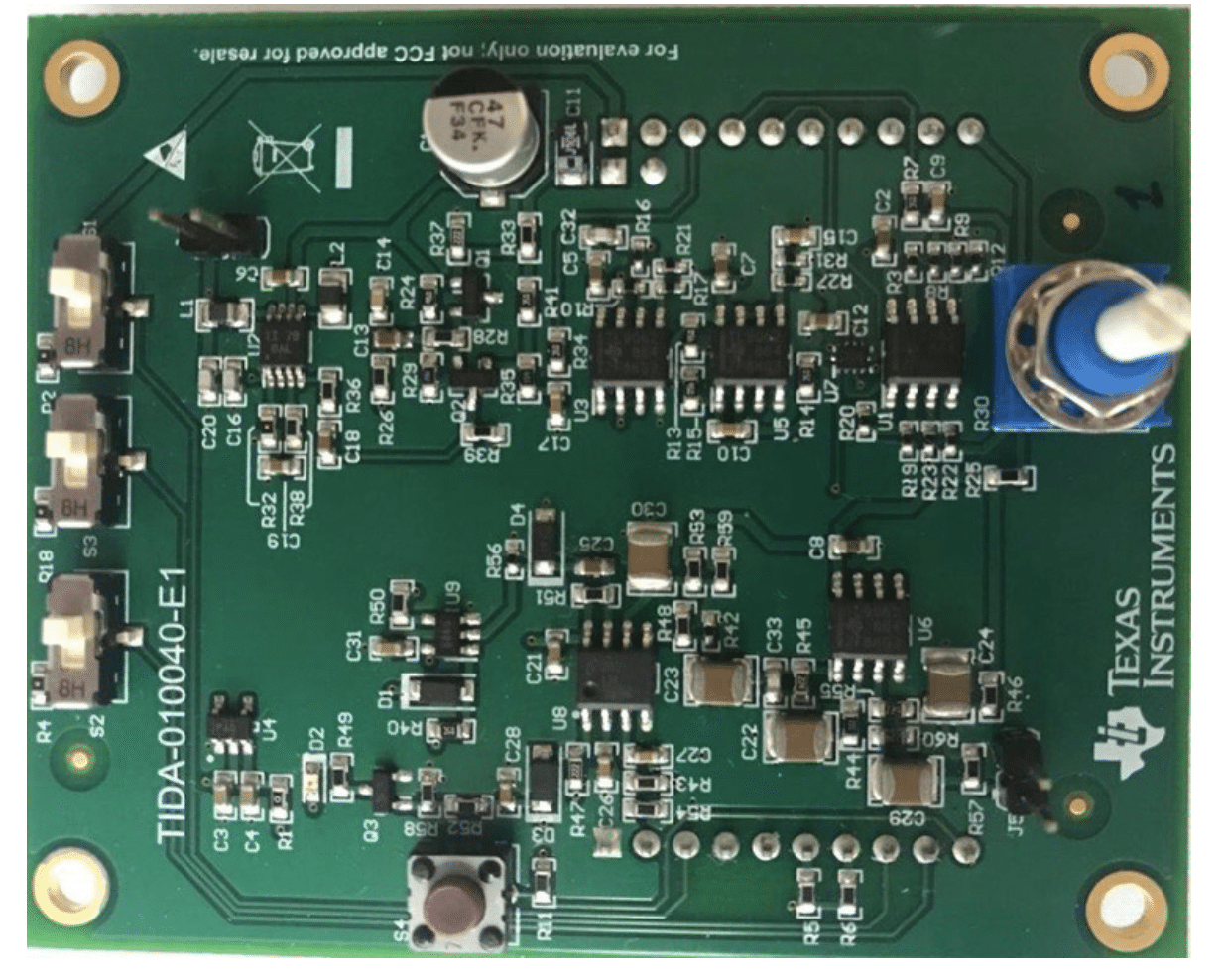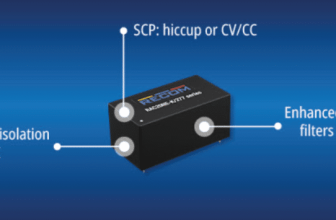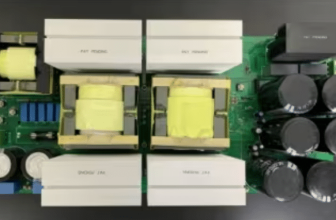
Check out our latest products
The design creates alarm sounds for medical devices. It controls timing, shapes signals, and ensures accurate alerts. It is adjustable and easy to integrate.
TIDA-010040 is the reference design from Texas Instruments (TI) that helps customers generate audio alarm tones for medical alarm systems following the IEC 60601-1-8 standard. When integrated with a fully IEC 60601-1 compliant medical device, it can be used in patient monitoring and ECG systems to measure body parameters like heart rate and respiration. The alarm’s timing parameters, including pulse width, pulse rate, internal frequency, pulse rise time, volume control, and priority, are programmable through firmware. The design suits patient monitoring, CPAP machines, and electrocardiogram (ECG) systems.
The Alarm Tone Generator Reference Design includes six general-purpose operational amplifiers (3x TLV9062), a 2-channel, 2:1 multiplexer (TTS5A23157), a 1.4-W class-D speaker amplifier (TPA2005D1), and an MSP430 LaunchPad™ (MSPEXP430FR2311). The MSP430 controls the timing and frequency of audio pulses, while the op amps shape the pulses with appropriate rise and fall times. The multiplexer modulates the audio frequency with an analogue envelope generated by the MSP430FR2311 and supporting circuitry. The TPA2005D1 amplifier drives an 8-ohm speaker.

A coincidence detector circuit, including a condenser microphone placed near the speaker, verifies the alarm sound by comparing the microphone input with the expected output. If the detected sound matches the intended signal, a flag confirms validity. When parameters exceed normal limits, the system triggers an alarm, supporting IEC 60601-1 compliant annunciation for personnel alerts.
The microcontrollers (MCUs) belong to the MSP430 value line sensing family. They include a flexible low-leakage trans-impedance amplifier (TIA) and a general-purpose operational amplifier (op amp). These MCUs have a 16-bit processor, 16-bit registers, and a constant generator to improve code efficiency. They also have a digitally controlled oscillator (DCO) that enables the device to wake up from low-power to active mode in under 10 microseconds.

The MSP430FR231x microcontrollers (MCUs) are part of the MSP430 family designed for sensing applications. They include a flexible low-leakage trans-impedance amplifier (TIA) and a general-purpose operational amplifier (op amp). These MCUs have a 16-bit processor, 16-bit registers, and a constant generator to improve code efficiency. They also have a digitally controlled oscillator (DCO) that allows them to wake up from low-power to active mode in less than 10 microseconds.
The TLV9062 is a dual-operational amplifier with low voltages from 1.8 V to 5.5 V. It has rail-to-rail input and output, meaning it can handle signals as high and low as the power supply limits. This op amp is a cost-effective choice for applications needing low voltage, a small size, and the ability to drive high capacitive loads. While it supports a capacitive load of 100 pF, its design makes it easier to stabilize with larger loads.
TI has tested this reference design. It comes with a bill of materials (BOM), schematics, assembly drawing, printed circuit board (PCB) layout, and more. The company’s website has additional data about the reference design. To read more about this reference design, click here.


![[5G & 2.4G] Indoor/Outdoor Security Camera for Home, Baby/Elder/Dog/Pet Camera with Phone App, Wi-Fi Camera w/Spotlight, Color Night Vision, 2-Way Audio, 24/7, SD/Cloud Storage, Work w/Alexa, 2Pack](https://m.media-amazon.com/images/I/71gzKbvCrrL._AC_SL1500_.jpg)



![[3 Pack] Sport Bands Compatible with Fitbit Charge 5 Bands Women Men, Adjustable Soft Silicone Charge 5 Wristband Strap for Fitbit Charge 5, Large](https://m.media-amazon.com/images/I/61Tqj4Sz2rL._AC_SL1500_.jpg)





